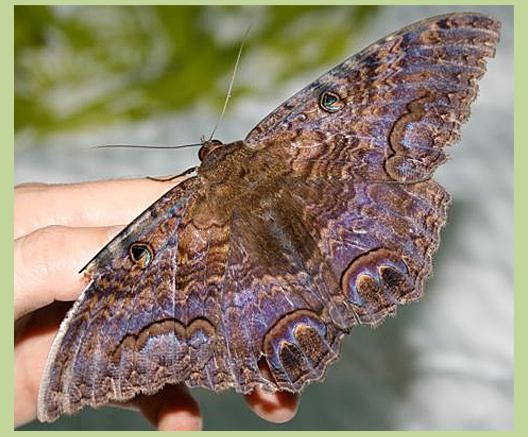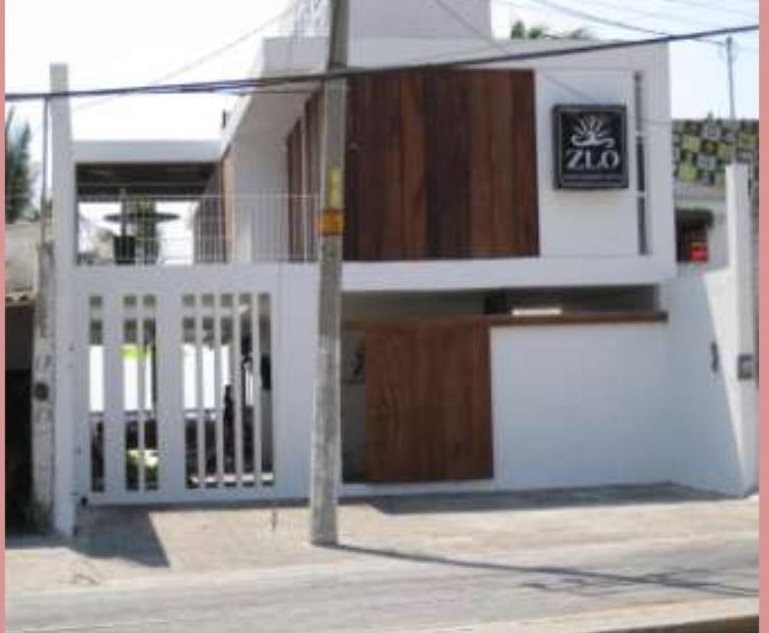By Terry Sovil from the April 2011 Edition
Juan Escutia & The San
Patricios 1909-1970
Born: 1828-1832 (date is uncertain)
Birthplace: Tepi, Nayarit
Died: September 12-13, 1847
Place of Death: Chapultepec Castle
Juan Escutia and The San Patricios (Saint Patrick’s Battalion) were both significant in the Mexican-American War. The war, under U.S. President James Polk, was highly unpopular but it was Polk’s goal to expand land holdings to the Pacific. The war (1846-1848) resulted in a forced purchase of lands from Mexico that now are most of the states of Colorado, Utah, Nevada, New Mexico, Arizona and California. The battle for Texas was in 1836.
Juan Escutia
Juan Escutia is one of the six military cadets who comprise the “Niños Héroes” (boy heroes) from the Mexican-American War. The six young cadets died defending
Chapultepec (chə-pūl’tə-pĕk’) Castle against U.S. Marines on
September 12-13, 1847. This battle was mentioned in the
U.S. Marine Corp Hymn, “From the Halls of Montezuma…”
Juan Escuita was born in Tepic, today the capitol of Nayarit, sometime between 1828 and 1832. This lack of certainty results in seeing his age at death between 15 and 20 years old. One historian, from research of baptismal records,Pascacio Escuita, from Tepic, then part of the San Patricios state of Jalisco, born February 25, 1827. This
would have made him 20 ½ at his death.
Records indicate he was admitted to the Academy on September 8, 1947 but all other paperwork was lost. He was a second lieutenant in an artillery company. This cadet wrapped himself in the Mexican flag and jumped to his death to keep the flag from falling into enemy hands. His body was found on the east flank of the hill, alongside that of Francisco Márquez. A large mural above the stairway at Chapultepec depicts his jump.
Juan, and the other Niños Héroes, has been memorialized throughout Mexico with street names, monuments (one at Chapultepec Park), a $5000 peso bill and a $50 peso coin. There is a Colonial House Museum called “Casa de Juan Escutia” in Tepic.
On the second, and final, day of the battle at Chapultepec, there was another incident in the Mexican-American War brought to conclusion.
The San Patricios (Saint Patrick’s Battalion)
At 9:30am as the American Flag was raised over Chapultepec, an order was carried out to hang 30 Irish deserters who had stood on wagons with nooses around their necks since dawn watching the battle.
There is much speculation why these men deserted from the American Army. Many of the Irish were literally recruited at the arrival dock with promises of citizenship, land and pay. Coming from an impoverished home during the Potato Famine many signed up. Another argument is that they sided with fellow Catholics though General Santa Anna’s promises of large land grants and higher pay could have been an incentive too. At peak there about were 200 of these men who formed a battalion..
The unit had their own flag and served as an artillery unit for most of the war. They acted as a counter-balance to U.S. horse artillery. For Americans these men were traitors and deserters. For Mexicans they were heroes aiding Mexico and other Catholics.
Just two days prior to the battle at Chapultepec, the the San Patricios had lost an engagement and most were captured. Almost all were sentenced to death.
There was a lack of formal paperwork kept and many suggest that the form of death, hanging, was against military law and should have been a firing squad. There was a strong backlash to death sentences for all so the number dropped to 50. Few of these men were U.S. citizens.
Twenty men were hung at two locations prior to the battle at Chapultepec but 30 remained. Most all of them had been whipped and many had a cheek branded with a “D”.
The following narrative is given on Executed Today website:
“On September 13, 1847, at dawn, Harney ordered the thirty remaining prisoners to be brought forward. They stood on wagons with nooses placed around their necks. This included one man who had lost both legs and was unable to walk to his own execution. The site of these executions was within viewing distance of the site where the final battle — the outcome of which could not have been in doubt — was to be fought. There the sentenced soldiers watched until finally, at 9:30, the U.S. victors raised the American flag atop Chapultepec Castle. At that point the order was given, the wagons were pulled away and the men were all hanged.”When an army surgeon notified Harney that one man had both his legs amputated the day before, Harney is quoted as saying: “Bring the damned son of a bitch out! My order was to hang 30 and by God I’ll do it!”
A young Whig delegate running for the U.S. House of Representatives, Abraham Lincoln, offered withering criticism of President Polk for “lying the nation into war.” Henry David Thoreau despised the war and landed in jail in 1846 for tax resistance because of it.
The San Patricios are still honored as heroes in Mexico.

Download the full edition or view it online
—
Terry is a founding partner and scuba instructor for Aquatic Sports and Adventures (Deportes y Aventuras Acuáticas) in Manzanillo. A PADI (Professional Association of Dive Instructors) Master Instructor in his 36th year as a PADI Professional. He also holds 15 Specialty Instructor Course ratings. Terry held a US Coast Guard 50-Ton Masters (Captain’s) License. In his past corporate life, he worked in computers from 1973 to 2005 from a computer operator to a project manager for companies including GE Capital Fleet Services and Target. From 2005 to 2008, he developed and oversaw delivery of training to Target’s Loss Prevention (Asset Protection) employees on the West Coast, USA. He led a network of 80+ instructors, evaluated training, performed needs assessments and gathered feedback on the delivery of training, conducted training in Crisis Leadership and Non-Violent Crisis Intervention to Target executives. Independently, he has taught hundreds of hours of skills-based training in American Red Cross CPR, First Aid, SCUBA and sailing and managed a staff of Project Managers at LogicBay in the production of multi-media training and web sites in a fast-paced environment of artists, instructional designers, writers and developers, creating a variety of interactive training and support products for Fortune 1000 companies.





You must be logged in to post a comment.